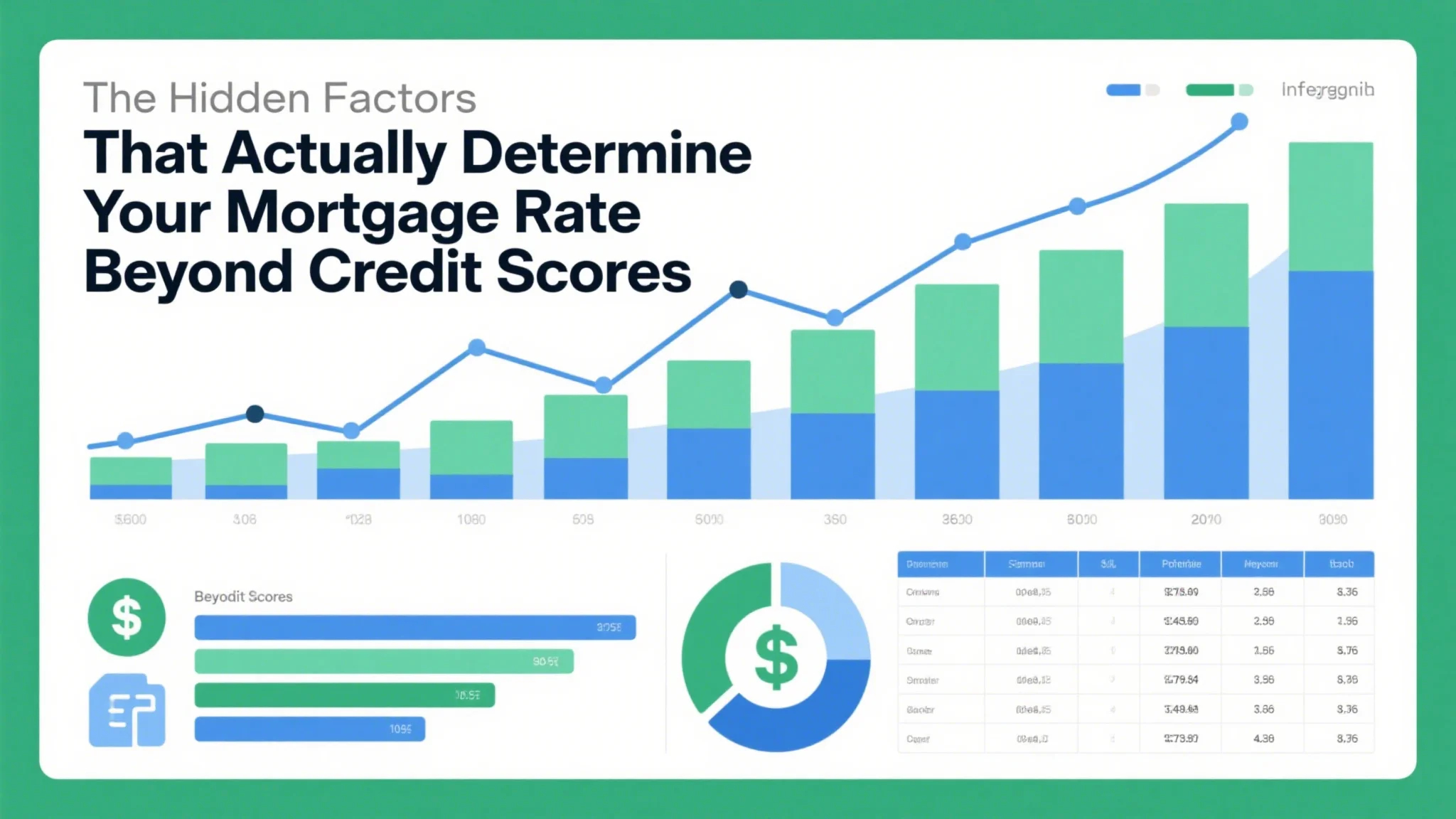In today’s financial landscape, investors are constantly on the hunt for safe yet profitable investment options. High-yield savings accounts have long been a go-to choice for those seeking to preserve their principal while earning a competitive return. However, in recent years, ultra-short bond ETFs have emerged as a compelling alternative, offering a unique blend of safety, liquidity, and potentially higher returns.

But what exactly are ultra-short bond ETFs, and how do they stack up against high-yield savings accounts? Let’s dive into the details.
Understanding Ultra-Short Bond ETFs
Ultra-short bond ETFs are exchange-traded funds that invest in short-duration bonds. These funds typically hold bonds with maturities of less than three years, making them highly liquid and less sensitive to interest rate fluctuations compared to longer-duration bonds. The term “ultra-short” refers to the extremely short average maturity of the bonds in the portfolio, which can range from a few months to just under three years.
These ETFs are designed to provide a steady stream of income through coupon payments, much like traditional bonds. However, unlike individual bonds, ETFs offer the advantage of diversification, as they hold a basket of bonds across various issuers and industries. This diversification helps mitigate credit risk, making ultra-short bond ETFs a relatively safe investment option.
Key Benefits of Ultra-Short Bond ETFs
High Liquidity: Ultra-short bond ETFs are traded on stock exchanges, allowing investors to buy and sell them throughout the trading day. This liquidity is a significant advantage over traditional savings accounts, which may have restrictions on withdrawal frequency or penalties for early withdrawal.
Potential for Higher Returns: One of the standout features of ultra-short bond ETFs is their ability to offer competitive yields compared to high-yield savings accounts. While savings accounts typically offer fixed interest rates, bond ETFs may provide higher returns, especially in rising interest rate environments.
Tax Efficiency: Many ultra-short bond ETFs are structured in a way that minimizes taxable income distributions, making them more tax-efficient for investors. Additionally, the interest earned on bonds held within an ETF may be subject to lower tax rates compared to other income sources, depending on the investor’s tax bracket.
Diversification: By holding a diversified portfolio of short-duration bonds, ultra-short bond ETFs reduce the risk of loss from a single bond issuer defaulting. This diversification is particularly appealing to risk-averse investors who want to avoid the pitfalls of investing in individual bonds.
How Do They Compare to High-Yield Savings Accounts?
High-yield savings accounts are FDIC-insured deposit accounts that offer higher interest rates than traditional savings accounts. While they are safe and liquid, there are several limitations to consider:
Interest Rate Caps: The interest rates on high-yield savings accounts are typically capped and may not keep pace with inflation. In contrast, ultra-short bond ETFs can offer higher yields, especially when interest rates rise.
Liquidity: Both options are liquid, but ultra-short bond ETFs offer the added flexibility of being traded on the stock market, allowing investors to take advantage of market movements.
Risk: High-yield savings accounts are considered low-risk due to FDIC insurance, but they lack the potential for higher returns that ultra-short bond ETFs can offer.
Tax Implications: The interest earned on high-yield savings accounts is generally taxable at the ordinary income tax rate, whereas the interest from bond ETFs may be taxed at a lower rate, depending on the investor’s circumstances.
When Do Ultra-Short Bond ETFs Outperform High-Yield Savings Accounts?
Ultra-short bond ETFs tend to outperform high-yield savings accounts in environments where interest rates are rising or are already at a higher level. This is because bond ETFs are structured to benefit from the reinvestment of coupon payments into higher-yielding bonds as rates increase. Additionally, the short duration of the bonds in the ETF reduces the impact of interest rate fluctuations, making them less volatile than longer-duration bonds.
For example, during periods of rapid interest rate hikes, ultra-short bond ETFs can reprice quickly to reflect higher yields, whereas high-yield savings accounts may lag behind due to their fixed-rate structure. This makes them an attractive option for investors who anticipate rising rates or want to capitalize on current high-interest environments.
The Risks of Ultra-Short Bond ETFs
While ultra-short bond ETFs offer numerous advantages, they are not without risks. It’s important to understand these risks before deciding whether they are the right investment for you.
Interest Rate Risk: Although ultra-short bond ETFs are less sensitive to interest rate changes than longer-duration bonds, they are still subject to interest rate risk. If interest rates fall, the value of the ETF may decrease, and if rates rise, the ETF may experience short-term volatility.
Credit Risk: Like all bond investments, ultra-short bond ETFs are subject to credit risk, which is the risk that bond issuers may default on their payments. To mitigate this risk, many ETFs focus on high-quality bonds issued by governments or corporations with strong credit ratings.
Market Risk: Bond ETFs are subject to market risk, meaning their prices can fluctuate based on investor sentiment, economic conditions, and other factors. While ultra-short ETFs are less volatile than longer-duration bonds, they are not entirely immune to market fluctuations.
Reinvestment Risk: As bonds in the ETF mature, the proceeds are reinvested into new bonds. If interest rates decline, the reinvested funds may yield lower returns, potentially reducing the overall performance of the ETF.
Strategies for Maximizing Returns
To make the most of ultra-short bond ETFs, consider the following strategies:
Laddering: Invest in a series of ultra-short bond ETFs with staggered maturity dates. This approach allows you to reinvest maturing funds into new bonds at potentially higher yields if interest rates rise.
Dollar-Cost Averaging: Invest a fixed amount of money into the ETF at regular intervals, regardless of market conditions. This strategy can help reduce the impact of volatility and capitalize on price fluctuations.
Tax Management: Consider holding ultra-short bond ETFs in a tax-advantaged account, such as an IRA or 401(k), to maximize tax efficiency.
Are Ultra-Short Bond ETFs Right for You?
The decision to invest in ultra-short bond ETFs depends on your financial goals, risk tolerance, and investment horizon. If you’re seeking a safe, liquid investment with the potential for higher returns than traditional savings accounts, ultra-short bond ETFs could be a valuable addition to your portfolio.
However, it’s important to evaluate your personal circumstances and consult with a financial advisor to determine whether these ETFs align with your overall investment strategy.
Ultra-short bond ETFs offer a unique combination of safety, liquidity, and potentially higher returns, making them a strong contender for investors looking to outperform high-yield savings accounts. While they are not entirely without risk, their short duration and diversification benefits make them a prudent choice for those seeking to balance safety and profitability.
By understanding the advantages and limitations of ultra-short bond ETFs, you can make an informed decision about whether they are the right fit for your financial objectives. Whether you’re saving for a specific goal or simply looking to enhance your investment returns, these ETFs provide a flexible and dynamic option in today’s ever-changing financial landscape.


